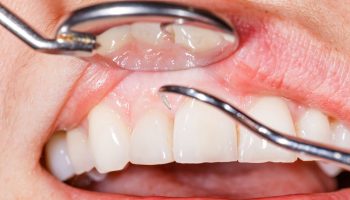So, why should a doctor choose medical monitors over routine monitors? For one, clinical screens offer all the same benefits that clinical-grade computer systems use: sealed bezels, antimicrobial housings, IP65 ingress defense accreditation, as well as 60601-1 qualification. Clinical quality displays additionally offer a degree of clarity, image depth, and a large viewing angle that is typically is not possible in consumer-grade models.
Clinical screens can also be tailored with built-in personal privacy filters, unlike normal off-the-shelf screens that call for end-users to fasten any personal privacy filter to the outside of the display, where it can be damaged, or else harmed, or even got rid of. Unlike normal screens, medical care specialists have a selection of both battery-powered as well as plugin medical displays. In addition, unlike clinical computers, clients can incorporate clinical displays into existing workflows where customers don’t wish to switch over out the computer innovation they are presently using entirely.
Factor of Treatment
Choosing the best screen to utilize at the point of treatment is an outright “have to” for any type of medical care center. Medical quality screens are VESA mountable, as well as some are powered by hot-swappable batteries as well as with an offered DC. This suggests they cannot only power themselves, yet whatever thin-client or mini-computer you connect into them. With each other, these functions make battery-powered clinical displays perfect for non-powered carts, which are more maneuverable as well as easy to intimidate than their cumbersome powered counterparts. Better, with their IP65 rating as well as antimicrobial property, clinicians can wheel their medical monitors from room-to-room without fretting about transferring damaging germs from one patient to another, a specifically acute fear with COVID-19 still spreading around the globe.
The receptive touch attribute that features many medical-grade screens enables doctors and various other personnel to conveniently interface with the units without handling keyboards as well as the mouse. When integrated with antimicrobial touch glass, medical care professionals can chart safely at the person’s bedside. Also, without the included advantage of antimicrobial technology, an IP65 ingress security ranking suggests that the team can thoroughly decontaminate their medical screens without fear of damaging the display screen panel, touch screen, or any of the underlying electronic devices.





